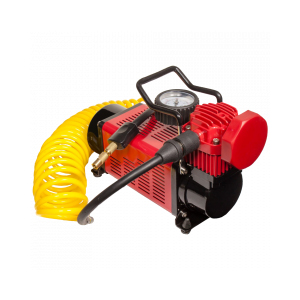Comprehensive Guide to Choosing the Right 14mm x 1.5 Oil Drain Plug for Your Vehicle
Understanding the 14mm x 1.5mm Oil Drain Plug
When it comes to maintaining your vehicle, one of the most crucial components is the oil drain plug. Specifically, the 14mm x 1.5mm oil drain plug is a common size found in various makes and models of vehicles, especially in many Japanese cars. This article will delve into the importance of the oil drain plug, its specifications, and how to properly maintain it.
What is an Oil Drain Plug?
The oil drain plug is a small but significant piece of hardware located at the bottom of the oil pan in a vehicle. Its primary function is to seal the oil in the pan and allow for the easy draining of engine oil during routine maintenance. Without a properly functioning drain plug, oil could leak, leading to decreased lubrication, increased engine wear, and potential catastrophic engine failure.
Specifications of the 14mm x 1
.5mm PlugThe 14mm x 1.5mm oil drain plug designation refers to its diameter and the thread pitch. Specifically, the plug has a diameter of 14mm and a thread pitch of 1.5mm, indicating the distance between threads. This specification is essential because using the wrong size plug can lead to significant issues, including oil leakage, stripped threads, and costly repairs.
In selecting an oil drain plug, it is vital to ensure that you opt for one that meets the manufacturer's specifications. Using an incorrect size will not create a proper seal, leading to leaks that can not only damage the engine but also pose environmental hazards due to oil spills.
14mm x 1.5 oil drain plug

Material and Design
Most oil drain plugs are made from durable materials such as aluminum or steel, anodized to resist corrosion. Some high-performance vehicles may even use titanium for added strength and weight savings. The design of the plug typically includes a built-in washer or o-ring to ensure a tight seal. It's important to regularly inspect this component for wear and replace it as necessary to maintain an effective seal.
Installation and Maintenance
Installing a 14mm x 1.5mm oil drain plug is generally straightforward; however, some precautions must be taken. Always ensure that the engine is cool before working on the oil pan, and use a torque wrench to tighten the plug to the manufacturer’s specifications. Overtightening can strip the threads or damage the oil pan, leading to costly repairs.
Regular maintenance includes checking the drain plug for any signs of wear or damage during oil changes. If you notice that the plug is stripped or corroded, it’s crucial to replace it immediately. Additionally, always use a new washer or o-ring when reinstalling the drain plug to ensure a proper seal.
Conclusion
The 14mm x 1.5mm oil drain plug may seem like a small component, but it plays a significant role in the overall health of your engine. Proper maintenance and timely replacement can prevent oil leaks and costly engine damage. Always refer to your vehicle’s manual for specific maintenance guidelines and oil drain plug specifications to ensure your vehicle runs smoothly for years to come. By paying attention to this often-overlooked aspect of vehicle care, you can help ensure that your engine remains well-lubricated and free of leaks, allowing you to enjoy a reliable and efficient driving experience.
-
Understanding the Front Main Engine Seal: Purpose, Maintenance, and Installation
News Jul.29,2025
-
Understanding O-Rings and Seal Rings: Types, Applications, and Custom Solutions
News Jul.29,2025
-
Understanding Crankshaft Oil Seals: Rear Seals, Pulley Seals, and Their Role in Engine Integrity
News Jul.29,2025
-
The Importance of Front and Rear Crankshaft Seals in Engine Performance and Oil Management
News Jul.29,2025
-
Crank Oil Seals: Functions, Types, and Cost Considerations in Engine Maintenance
News Jul.29,2025
-
A Comprehensive Guide to O-Rings and Seals: Types, Materials, and Global Applications
News Jul.29,2025
-
Mastering Diesel and Performance Engine Maintenance: A Guide to Critical Oil Gaskets
News Jul.28,2025
Products categories















